Sunny Morton may be best known for her public speaking and writing in the world of genealogy, but she is also a self-taught quilter. And while she credits YouTube with her skills, the creativity, technical prowess, and perseverance this craft demands really suggest her quilting skills say more about her than any online video.
We love origin stories and now having watched Sunny Artifct and share quilt after quilt on Artifcts (@SJM), we were excited on this National Quilting Day to give you all a glimpse into one quilter’s hobby and the heart and story behind her craft. No artist’s journey is like another, and you’ll discover below the heart connection in every quilt she makes.
The Origins of a Quilter
“I got started six years ago with a t-shirt quilt for my oldest son when he graduated from high school. Well, not just t-shirts, I suppose. I worked in his varsity school letters, too. He loved it and took it away with him when he moved out,” Sunny recalled, before smiling and offering a self-critique. “I used the wrong kind of stabilizer, so the shapes turned out a bit wonky. But I’ve gotten better, way better!”
With three kids to practice creating those t-shirt quilts, Sunny had plenty of t-shirts to experiment. The second one was for her son Alex’s high school graduation.
“He is an engineering student with an artistic mind, so he helped design his quilt,” she said. “He played on the same soccer team for years, so he made the repetition in the quilt blocks more interesting by making those blocks smaller and lining them up together. He has variously gone by his first and middle names—John and Alex—so one clever block combines three different shirts to spell out his entire name. And I definitely did a better job on the quilting.”
In Sunny’s most recent t-shirt quilt for her youngest, her daughter Seneca, not only did she get the stabilizers right, phew, but the materials she had to work with made for a unique design, too.
“It’s all a single-color scheme because my daughter wanted me to use only the shirts and skirts from her school uniforms. I integrated the woven plaid skirt pieces and sewed down the pleats to add texture. It’s gorgeous.”
We agree!
And thus, in just three quilts, you’ve learned a bit about Sunny and what connects her to her art. But why quilting? Read on!
An Artist Emerges to Meet Life's Challenges
Let’s face it, YouTube videos will only get you so far in your artistry. Hands on instruction and comradery fill in critical knowledge gaps for any artist. Frankly, that’s true across professions. Can you imagine a surgeon who has never laid hands on a patient under the direction of an experienced surgeon?
In Sunny’s case, her hands-on training came through quilting retreats with women who were generally much older than her and, notably, retired.
“They’d look at my work and say, ‘Um, let’s try that differently,’” said Sunny with a laugh. “They were so generous with their knowledge and opinions, for better and worse.”
For Sunny, quilting became a way to connect with her family and other quilters as she’d slowly gather the materials for her quilts and dream of future designs. But it also became an outlet to manage the many stresses in her life, a life with complex health challenges surrounding her and her loved ones, as well as her grief for those she’s lost.
“When my brother passed away unexpectedly, I holed up in my house for a year, creating two quilts for his daughters. It was cathartic. I needed that tangible outlet for my grief and to feel connected to him and to my nieces.”


Sunny was quick to point out that it’s not only the cathartic nature of quilting that drives her. She also treats her time quilting as a reward in a busy season of life.
Sunny works as a professional genealogy educator and content creator, in addition to being a wife, mother, and caregiver. So, when she’s working a lot of hours—never in her craft room—quilting is the reward waiting at the end of the day. With piles of textiles lying in wait, she can sink into her passion and emerge from the other side refreshed and with something to show for it, too.
A Family Honor: The Fundraiser Quilt
Sunny’s quilting life is still in its early innings and yet it already has a happy interlude. Her family has a unique enduring tradition that’s all about THE quilt. For decades, her husband’s grandmother crafted a quilt each year to raffle off at the family reunion every Labor Day weekend. The proceeds help fund the following year’s gathering.
In the summer of 2023, Grandma announced her retirement. And she decreed that Sunny would be the future family quilter. “It was a ‘gasp’ sort of moment,” recalled Sunny, “Intimidating but what an honor. I thought long and hard about what this family would want. They are very patriotic and with a lot of veterans in the mix. Ultimately, I chose to quilt a compilation of American flags.”
This quilt was unlike any other Sunny had created. Maybe it was the intense desire to win over Grandma (and the rest of the family), maybe she was ready for the challenge, or maybe it was both of those combined with an artist’s eye for something truly unique.
No matter the motivation, the result was beautiful. “One of the family’s veterans, Nathan, bought so many tickets, he was sure he would win. At the very last moment, a cousin’s wife who had arrived late purchased her tickets—and she won! She is also a caregiver for a loved one with special needs, and I admire her. It was both funny and touching to see her beat out Nathan.”
“And then when I got home, I made Nathan a smaller version and sent it to him as a surprise.”
What will Sunny create next? You can follow her on Artifcts (@SJM) to see for yourself!
Happy Artifcting! And happy quilting.
###
© 2025 Artifcts, Inc. All Rights Reserved.


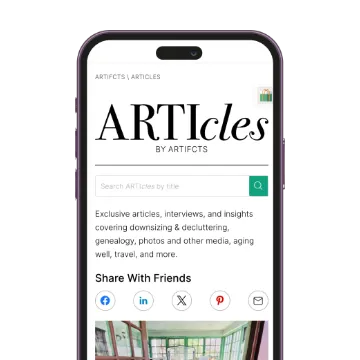
























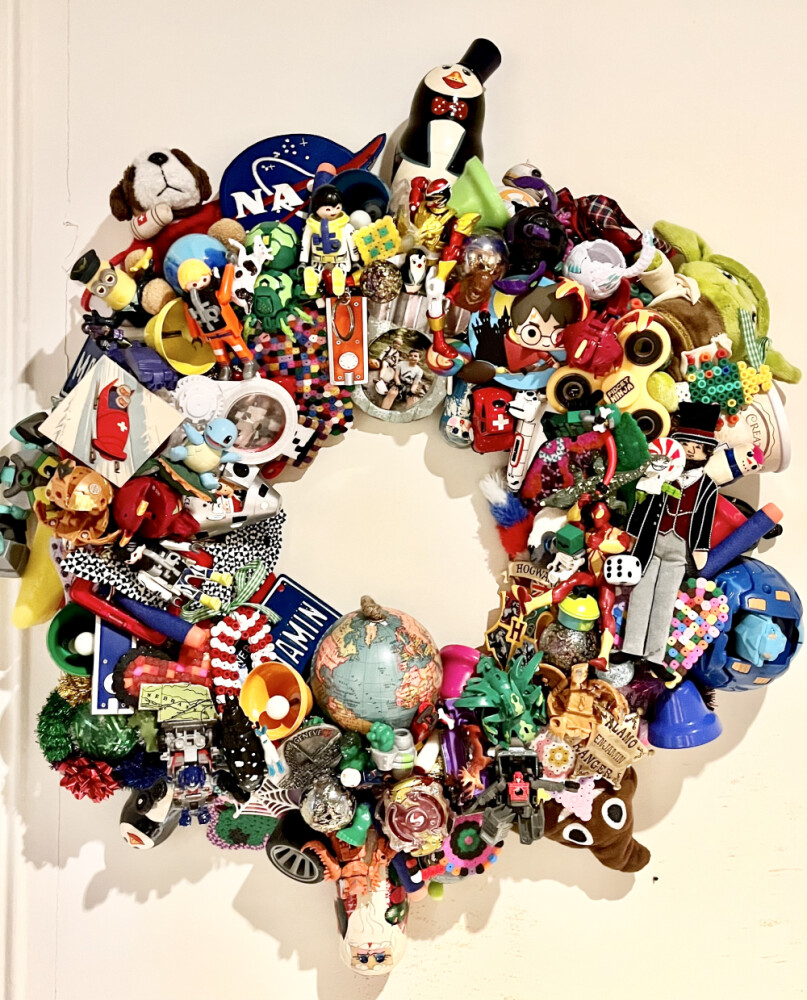
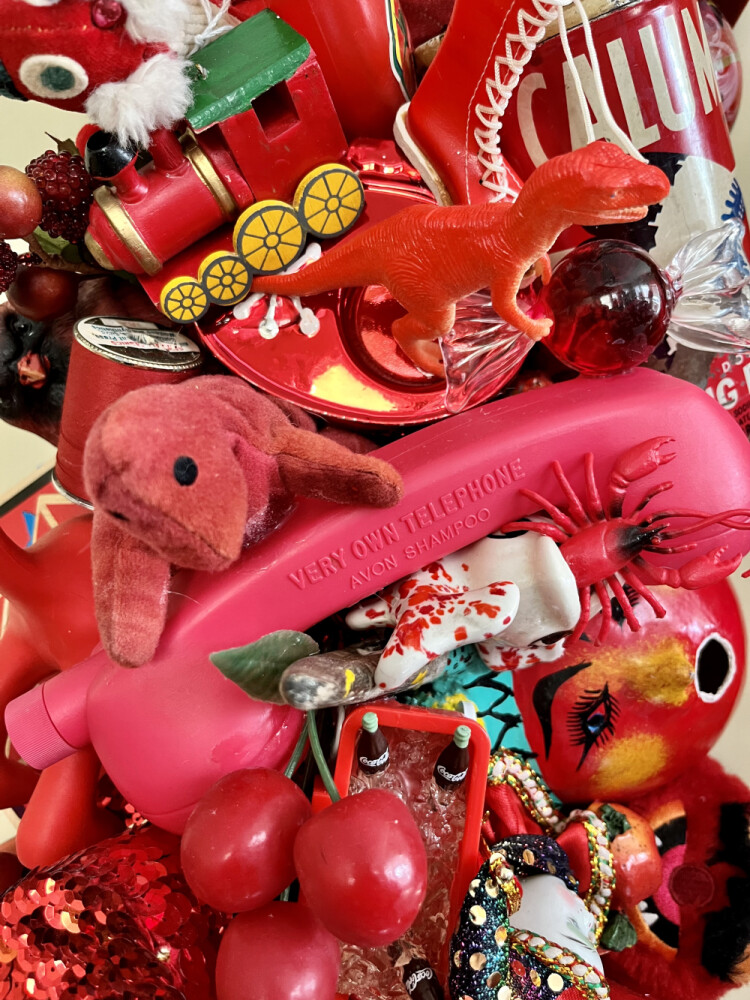

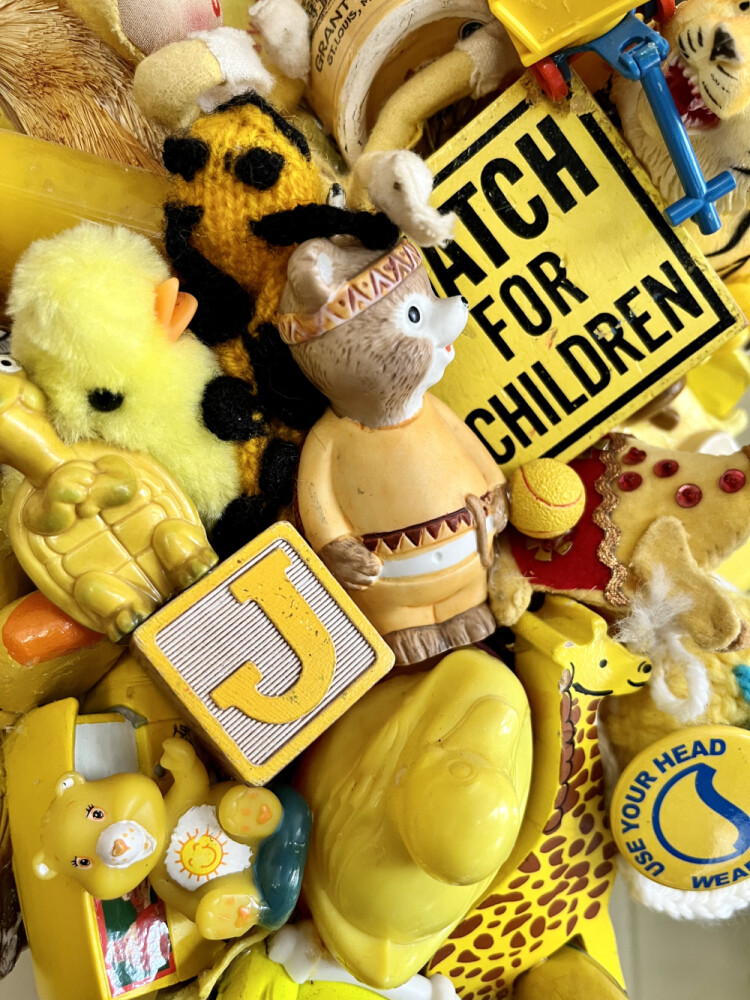


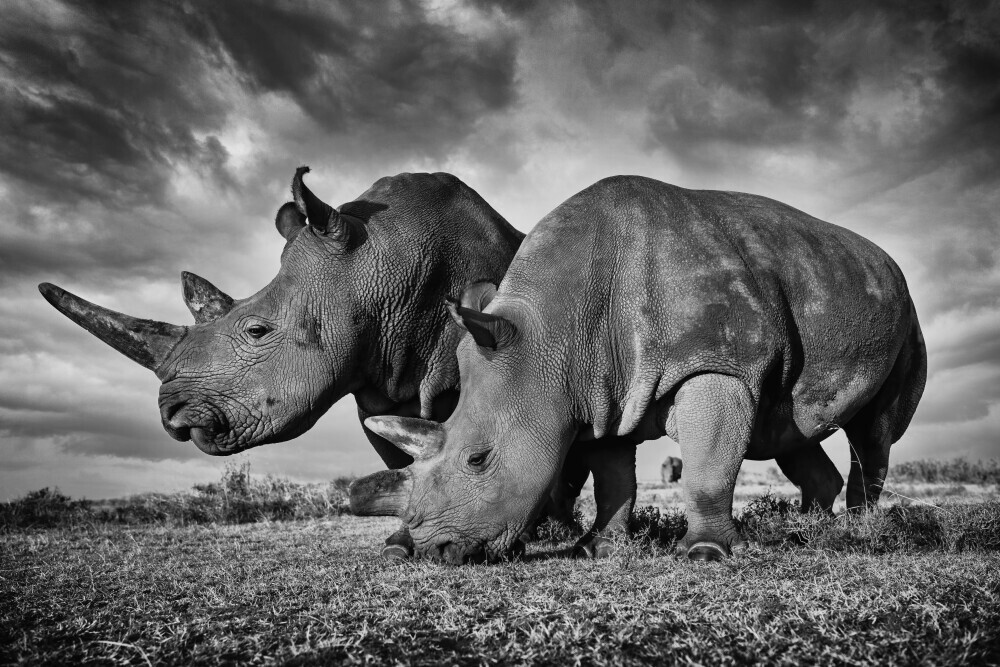
 Click to view the Artifct of the Wimberley fundraiser
Click to view the Artifct of the Wimberley fundraiser


